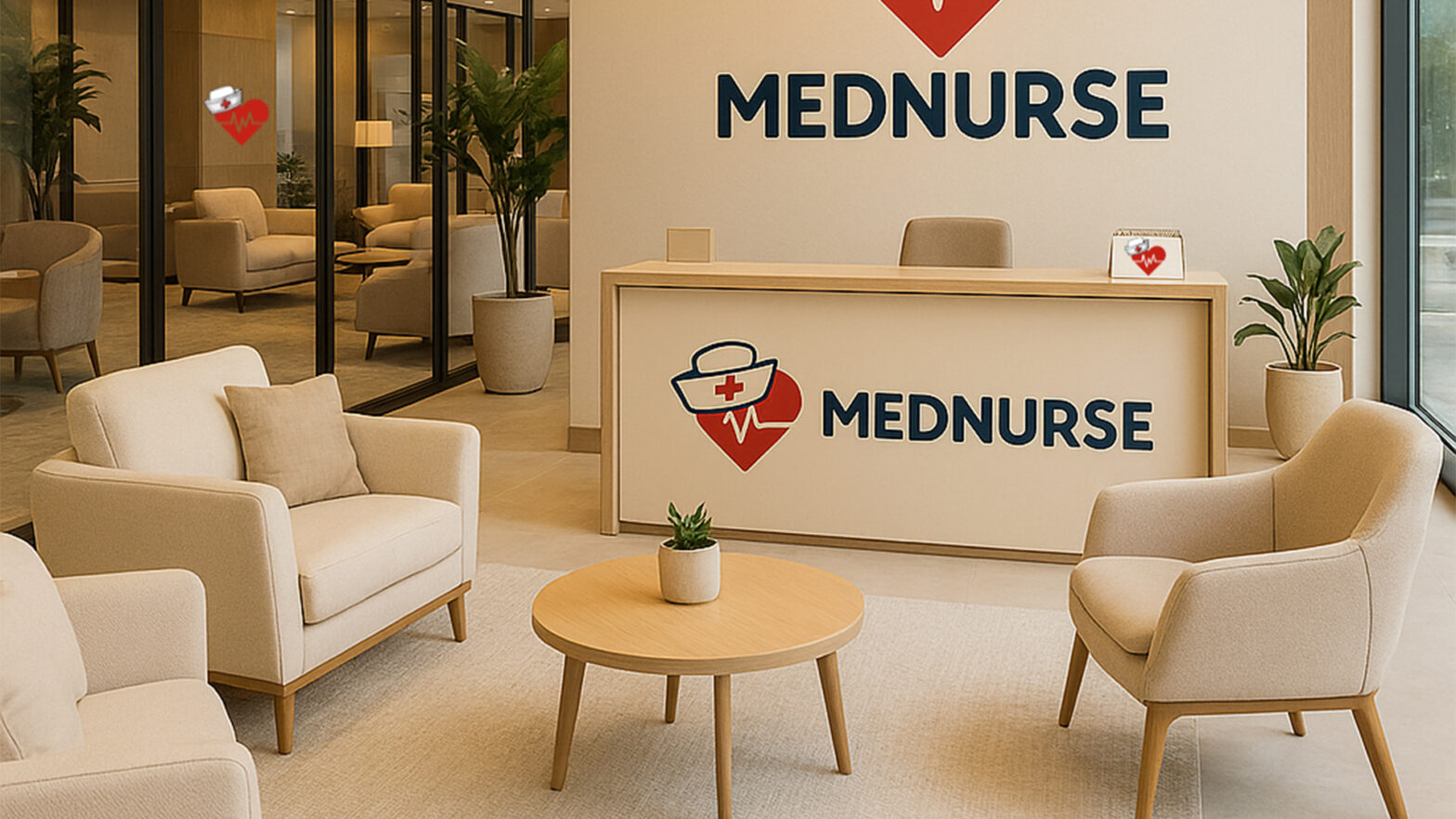
By Rob Allen, strategy partner at Coley Porter Bell
When two businesses combine there are myriad considerations to the deal but too often branding falls down the list of priorities. M&A branding has long been a challenge. While the financial and operational aspects of a merger are well understood and precisely planned, branding implications have tended to be a secondary consideration – if they were considered at all. Often what to do with ‘the logos’ was only addressed at the very end of the process. This can result in a loss of brand equity, and a missed opportunity to use brand as a unifying force when two teams come together.
Traditionally, healthcare M&A branding has taken one of two forms. Either the new brand name was added onto the existing one – like GSK – or one brand was immediately absorbed into the other and removed. But a quick analysis of healthcare M&A activity over the past three years reveals that things are changing. A more complex and subtle mix of branding outcomes can be seen, reflecting a clearer understanding of the value of brand equity. Three broad groups of solutions can be seen.
Group 1: Acquirer brand only
In this group, the brands followed the traditional category pattern. The purchasing brand stays, and the purchased brand is immediately retired. There were several examples of this approach, including Boston Scientific’s acquisition of Preventice Solutions, and Pfizer buying Arena Pharmaceuticals in 2022, which resulted in the retirement of the Arena brand. A search for the Arena website is directed straight to Pfizer. Pfizer described the rationale of the purchase as: “Acquisition offers…best-in-class approach to address needs of…patients with immuno-inflammatory diseases”.
What this statement reveals is that Arena’s product capabilities were the motivation for the purchase, rather than the equity of the Arena brand. The purchased brand – and its innovation equity – could have been retained within the parent brand ecosystem but was evidently not considered valuable enough to do so.
Group 2: Closely integrated
Several brands chose integration scenarios, where one brand is fully retained and the other is blended into it. This can either be a permanent situation, or one stage of a longer-term migration to a single brand. The advantage of this approach is that it retains the familiarity of the purchased brand with its audience, as they adapt to the uncertainty caused by the change in their brand relationship. These transitions can take months or even years.
The combination of the Baxter and Hillrom medtech brands is a case in point. Baxter purchased Hillrom in 2021, more than three years later only a small part of the Hillrom brand remains. The Baxter brand does not show any connection with Hillrom, but the Hillrom brand has adopted the Baxter brand. Baxter’s blue visual identity is being used by Hillrom, so the brands look and feel as one. The Hillrom name remains, but only underneath the dominant Baxter name. This is a common migration approach – change the visual identity but use the name to carry the brand equity.
The merger of Teladoc Health and Livongo illustrates a different approach to integration, using endorsement rather than identity. Teladoc merged with Livongo in 2020. The Teladoc brand has remained the same, whereas the Livongo brand is now endorsed by Teladoc. Livongo has retained its visual identity, but the logo is locked with the statement ‘by Teladoc Health’. By taking this endorsement approach the brands are subtly combined but maintain their equity, with Teladoc confirmed as the leading brand.
Group 3: Two brands
The final group is the brands that have the loosest relationship, and in fact might not appear to be linked at all to their respective audiences. CVS health acquired Signify Health in March 2023. The Signify brand identity has not been visibly changed, with only a very subtle endorsement from CVS added in less prominent areas such as its website’s About Us section.
Keeping brands separate in this way is a good way to retain existing audiences, and is often done when the acquired brand has significant strengths in product areas, audiences or capabilities that the acquirer lacks. In these circumstances merging the brands would weaken them. However, the business gains broader reach and expertise that can be shared across the group, and the brand’s audience maintains its relationship uninterrupted.
Finding your strategy
Healthcare’s M&A branding is evolving. It’s no longer automatic to simply buy brands and immediately retire them. Brands are integrating in many subtle ways, seeking to retain the equity they have acquired. As recent activity has shown, there are a wide range of ways to do this from complete integration, through endorsements, to maintaining a portfolio of separate brands.
In deciding which approach is best for keeping, and growing, value, acquiring brands should consider five key questions:
- What depth of brand equity do the brands have? Are they well-known, established and stand for a clear and distinctive idea?
- What is the focus of the M&A? Is it solely about purchasing product capabilities? To what degree is brand reputation also playing a part even at the product level?
- What is the relative size and strength of the brands? Is one much stronger and should lead, or would it be better to balance them?
- What are the respective roles of the brands? Are they corporate, divisional or product brands? What is the best combination of brands to ensure maximum coverage of the target market?
- What are the respective capabilities of the brands? Do they overlap, or are they strong in different but complementary areas, like different product ranges, geographies or audiences?


















